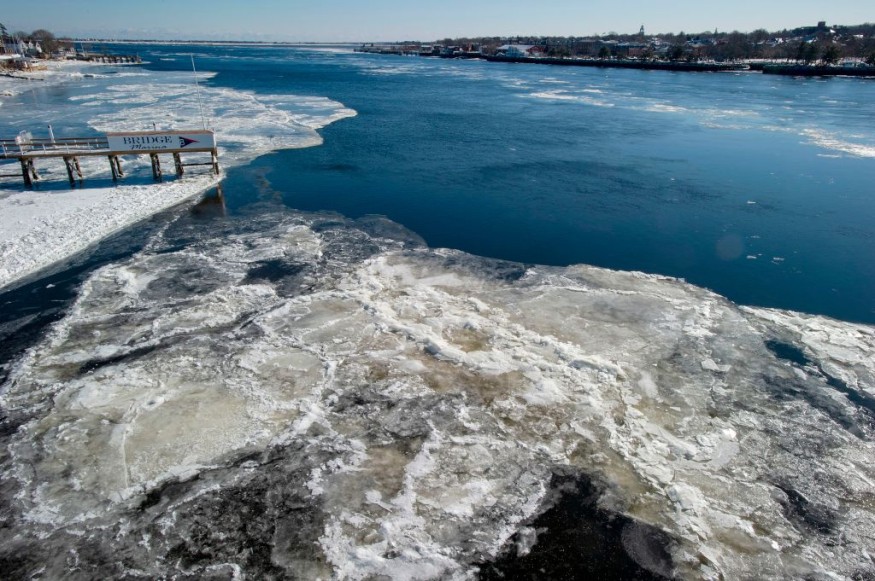A cold wave is likely to affect large parts of the Eastern United States next week, bringing winterlike cold and snow, according to US meteorologists.
A mass of cold air has been moving from Canada toward the Continental US, prompting weather forecasts to compare its effect similar to late fall or November weather that North America typically goes through each year.
Winterlike Cold Forecast

AccuWeather meteorologists reported that Old Man winter is prepping up to spread the fall season's first major burst of cold air across the Midwest and Northeast.
This includes a winterlike cold and winterlike snow falling in some areas.
The impact of the looming cold system will be far-reaching and even has the potential to affect the southern states.
AccuWeather Senior Meteorologist Tyler Roys stated the cold wave will make it feel more like a November weather for many people next week.
Over the past week, parts of the Midwest have already experienced the winterlike weather as the chilly air moved southwestward from Canada. It is accompanied by the season's first snowflakes.
Also Read: More Than 100 Million US Residents Under Cold Weather Warnings as a Result of Low Temperatures
What is a Cold Wave?
A cold wave, also referred to as a cold snap or deep freeze, is a weather phenomenon involving a sudden cooling of the air. It is also an "invasion of very cold air" over a large area.
The major indicator of the weather event is a significant drop from the average temperature in the region, according to the International Federation of Red Cross and Red Crescent Societies (IFRC).
The IFRC said cold waves can cause negative impacts not only to people and services, but also crops and properties.
Extreme cold-related illnesses or even death is possible during a cold snap, especially for individuals with prolonged exposure outdoors.
In the US, the deep freeze can also occur even before the official winter season, which approximately starts in December in the country.
Cold waves can also be preceded or accompanied by notable winter weather events like blizzards or ice storms.
Temperatures could get lower or cooler during periods of high winds as the latter disseminates more the mass of cold air in the region.
In fact, previous incidents of these waves were reported in some parts of North American and even northern Mexico in recent years.
2021 North American Cold Wave
The February 2021 North American cold wave reportedly involved an extreme weather event that led to cold temperatures over a vast region stretching from Canada, the US, and North Mexico during the first half of the said month.
At that time, the US media reporting said it is America's coldest February in over 30 years due to an invasion of a polar vortex in the Northern Hemisphere.
The U.S. Department of Energy considered the February 2021 cold wave as an extreme weather incident which occurred when an arctic air mass bought ice, snow, and extreme cold temperatures to the Central US.
It caused unprecedented winter power demand and affected power generation, including natural gas and wind facilities.
Related Article: Climate Change: Deadly Texas Cold Wave Linked to Warming Arctic
© 2025 NatureWorldNews.com All rights reserved. Do not reproduce without permission.





